Advertisement
PDFs can be frustrating. They're not built for conversation. You download a report, scroll through 60 pages, search for a keyword, and still feel lost. When you just want a quick answer or to dig into specific sections, it's tiring. That's where chat-based PDF tools step in. These tools enable you to ask questions and receive clear answers directly from the PDF. You can treat the document like a chatbot. No more skimming, scrolling, or guessing where to look.
There are numerous tools available, but not all of them are effective. Some are buggy. Some give surface-level answers. A few stand out for being accurate, fast, and easy to use. Here's a closer look at seven tools that actually make it easier to chat with PDFs.
ChatPDF is probably the most talked-about name in this space. It’s easy to see why. The interface is simple. You upload a PDF, and within seconds, you’re chatting with it. Ask it about key topics, summaries, numbers, or any other information you want to extract. It handles textbooks, academic research, business contracts, and even scanned documents if the text is clear enough.
The responses are usually spot-on. It splits long PDFs into sections and uses those to generate relevant replies. You can view the sources it pulled from, which builds trust. The free version gives enough features for light use. But if you're working with long reports regularly, the paid version offers faster answers and bigger file sizes.
AskYourPDF is another solid option. It works much like ChatPDF. You upload a document, and it lets you ask questions through a chat window. What makes it slightly different is the way it stores conversations. You can create a library of PDFs and return to each one with a chat history intact. That helps if you’re working on long-term research or reference material.

It supports integrations, too. If you're on Discord or Telegram, you can interact with PDFs without switching tabs. That might not matter to everyone, but collaborative work saves time.
PDF.ai takes a slightly different approach. It adds more detail to answers and shows the source paragraph in full. This helps when you need context. If you're reviewing legal papers or technical material, context is everything. It also keeps track of all past documents you've uploaded.
The chat feels a bit slower than others, but the trade-off is more precise answers. You can even embed documents on your site with a chat feature. That's helpful for businesses that want users to search their whitepapers or guides more interactively.
Humata brands itself as an AI research assistant. It’s fast, neat, and quite efficient. You upload a document, and it gives you an instant overview. From there, you can ask deeper questions. What makes it stand out is its auto-summary feature. It picks out the key points, creates notes, and even gives a basic explanation of complex terms. That’s helpful if you’re reviewing dense reports or technical science papers.
The paid version lets you compare multiple PDFs side by side. That's useful for comparing contracts, revisions, or research findings. The tone of the answers is plain and to the point, which fits well with people who just want clarity.
Documind is newer but gaining traction. Its strength lies in multi-language support. If you’re working with PDFs in Spanish, French, or German, it still manages to pull relevant answers in English or the native language. That makes it a good pick for international users.
The UI is minimal. Drag and drop your file, and it gets to work. You can add tags to documents, which helps in organizing large batches. It remembers previous chats, and you can label them for easier tracking. The answers are fast and fairly accurate.
LightPDF isn't new to document tools. Their AI Reader is just part of a bigger suite. You can ask questions, summarize chapters, or search specific sections. LightPDF is useful in handling scanned documents and images with text. It uses OCR (optical character recognition), so even non-searchable PDFs can be read and chatted with.
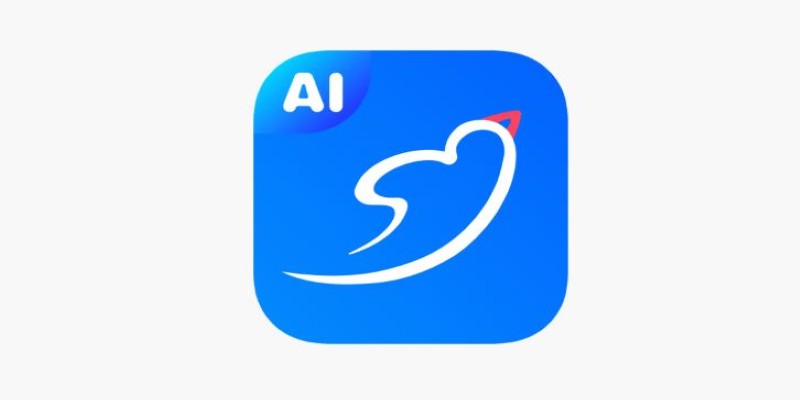
It has a clean layout and supports multiple file types with ease. You can upload several files at once, and each is treated separately. There's also a browser extension if you want to use it on the go. It gives reliable answers but is more suited for casual and mid-level use.
Sharly AI focuses on making business reports easier to read. It leans heavily into analysis. You can upload earnings reports, whitepapers, or data-heavy documents, and it turns them into summaries or answers. The tool highlights trends, extracts numbers, and explains changes clearly and logically. That's great if you're not deep into finance but need to make sense of a report.
It has fewer bells and whistles than others, but the answers are fast and structured. You get bullet-style breakdowns with follow-up prompts you can click on. That saves time when doing repetitive analysis or summarizing frequent financial updates quickly.
Reading PDFs the old way doesn’t work when you’re short on time or working through complex material. These tools change that. They don’t just help you read—they help you understand, summarize, and interact with information faster. You ask questions, and they respond like someone who’s already read the document. Most of them offer free versions, so you can try a few and see what fits your workflow best. Whether you’re a student, analyst, or just someone dealing with long files, there’s a good chance one of these tools will save you hours every week. The way we read PDFs is changing—and it’s about time.
Advertisement
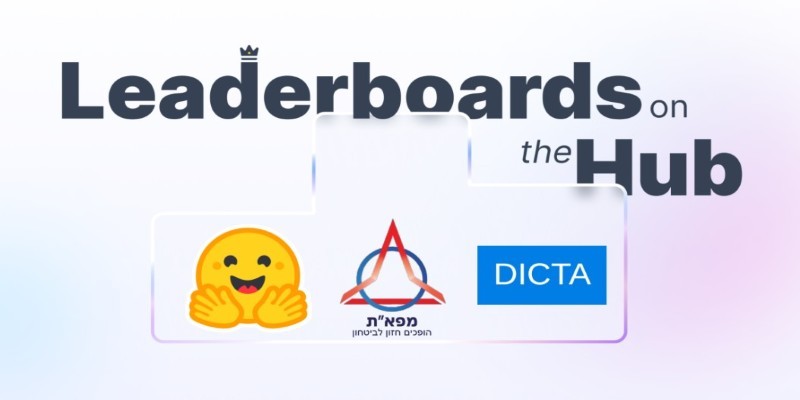
How the Open Leaderboard for Hebrew LLMs is transforming the evaluation of Hebrew language models with open benchmarks, real-world tasks, and transparent metrics

How atrous convolution improves CNNs by expanding the receptive field without losing resolution. Ideal for tasks like semantic segmentation and medical imaging
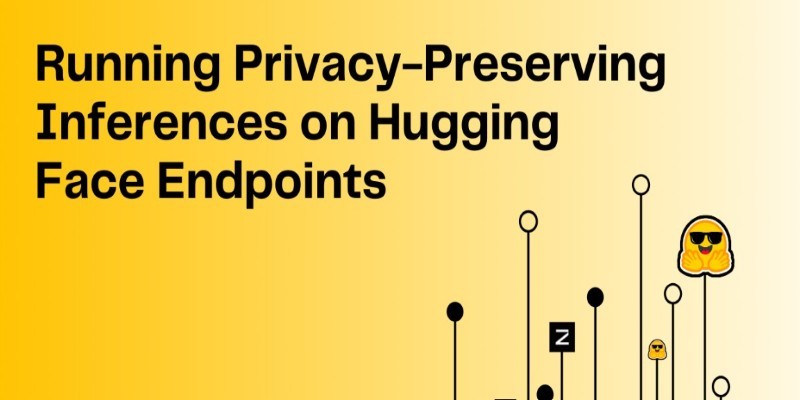
Learn how to run privacy-preserving inferences using Hugging Face Endpoints to protect sensitive data while still leveraging powerful AI models for real-world applications

How Fireworks.ai changes AI deployment with faster and simpler model hosting. Now available on the Hub, it helps developers scale large language models effortlessly
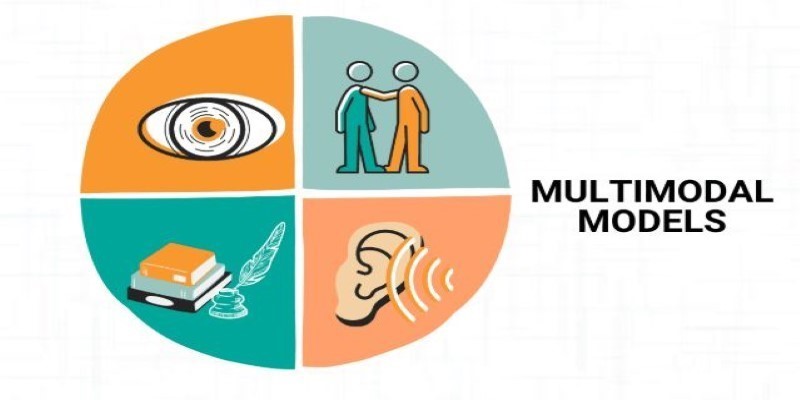
Multimodal models combine text, images, and audio into a shared representation, enabling AI to understand complex tasks like image captioning and alignment with more accuracy and flexibility

Think Bash loops are hard? Learn how the simple for loop can help you rename files, monitor servers, or automate routine tasks—all without complex scripting

Explore the top 10 large language models on Hugging Face, from LLaMA 2 to Mixtral, built for real-world tasks. Compare performance, size, and use cases across top open-source LLMs
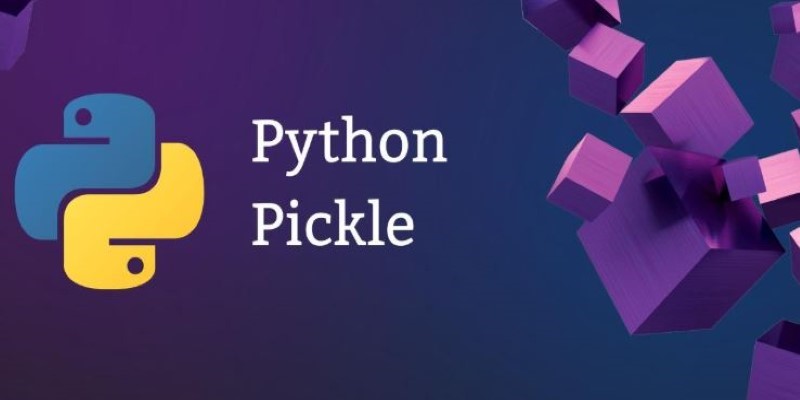
Need to save Python objects between runs? Learn how the pickle module serializes and restores data—ideal for caching, model storage, or session persistence in Python-only projects

Learn the regulatory impact of Google and Meta antitrust lawsuits and what it means for the future of tech and innovation.
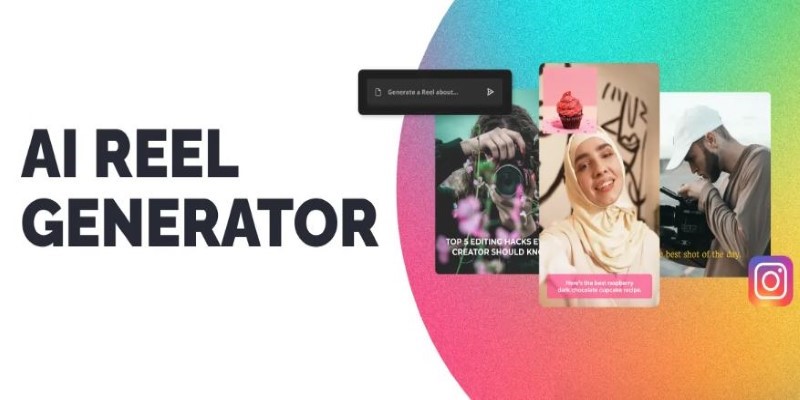
Explore the best AI Reels Generators for Instagram in 2025 that simplify editing and help create high-quality videos fast. Ideal for content creators of all levels

Discover the next generation of language models that now serve as a true replacement for BERT. Learn how transformer-based alternatives like T5, DeBERTa, and GPT-3 are changing the future of natural language processing

Getting the ChatGPT error in body stream message? Learn what causes it and how to fix it with 7 practical ChatGPT troubleshooting methods that actually work